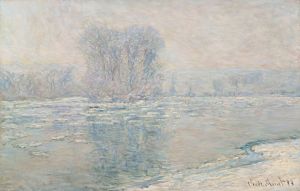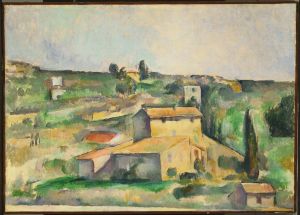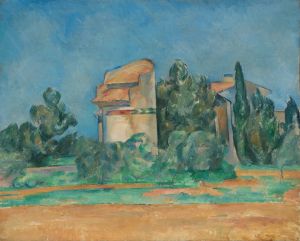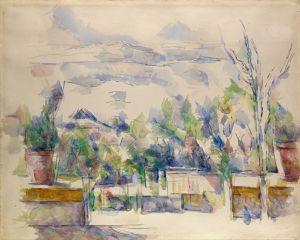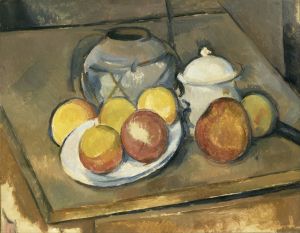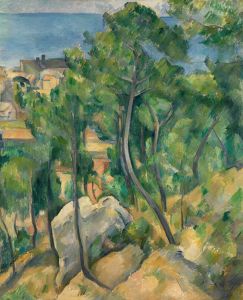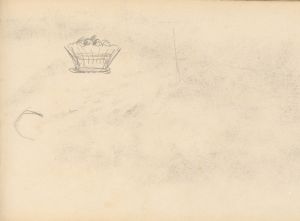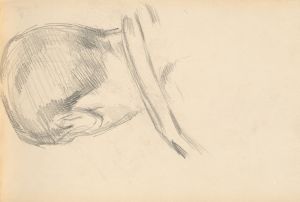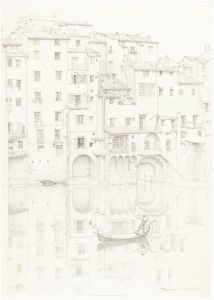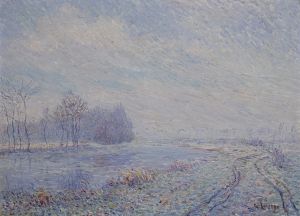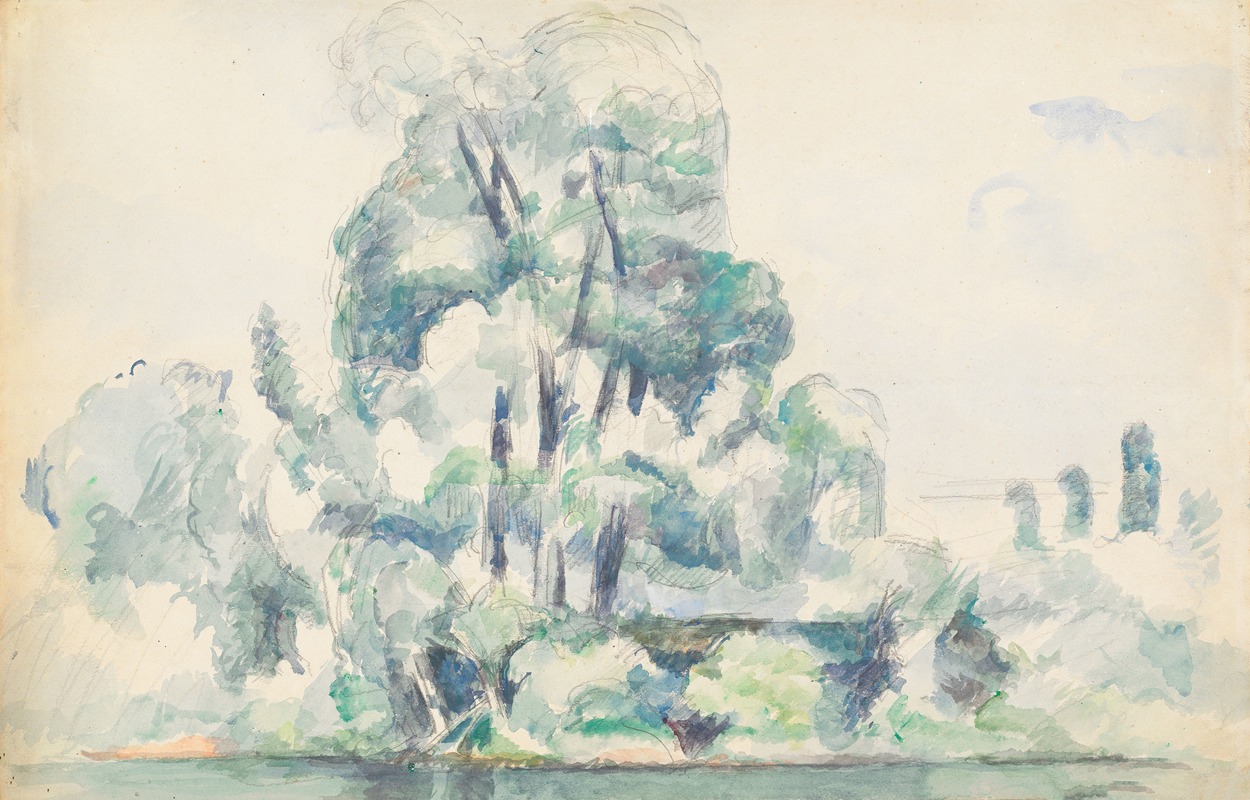
Banks of the Seine at Médan
A hand-painted replica of Paul Cézanne’s masterpiece Banks of the Seine at Médan, meticulously crafted by professional artists to capture the true essence of the original. Each piece is created with museum-quality canvas and rare mineral pigments, carefully painted by experienced artists with delicate brushstrokes and rich, layered colors to perfectly recreate the texture of the original artwork. Unlike machine-printed reproductions, this hand-painted version brings the painting to life, infused with the artist’s emotions and skill in every stroke. Whether for personal collection or home decoration, it instantly elevates the artistic atmosphere of any space.
"Banks of the Seine at Médan" is a painting by the renowned French artist Paul Cézanne. Created around 1880, this work is an exemplary piece from Cézanne's mature period, showcasing his evolving style that bridges the gap between 19th-century Impressionism and the early 20th-century Cubism. Cézanne is often referred to as the "father of modern art" due to his innovative approach to form and color, which had a profound influence on subsequent generations of artists.
The painting depicts a serene riverside scene along the Seine River at Médan, a small village located in the Île-de-France region, not far from Paris. This area was a popular retreat for artists and writers during the late 19th century, providing a tranquil environment away from the bustling city. The village of Médan is also famously associated with the writer Émile Zola, a close friend of Cézanne, who owned a house there.
In "Banks of the Seine at Médan," Cézanne captures the natural beauty of the landscape with his distinctive brushwork and use of color. The composition is characterized by its structured yet fluid depiction of the riverbank, trees, and sky. Cézanne's technique involves the use of short, hatched brushstrokes that build up the forms and textures of the scene, creating a sense of depth and solidity. This method reflects his interest in capturing the underlying structure of nature, rather than merely its surface appearance.
The palette of the painting is dominated by earthy tones of greens and browns, punctuated by the blue of the river and the sky. Cézanne's careful modulation of color and tone helps to convey the atmosphere of the scene, with the interplay of light and shadow adding to the overall sense of tranquility. The composition is balanced, with the river leading the viewer's eye into the distance, creating a harmonious and contemplative mood.
Cézanne's approach to this landscape is indicative of his broader artistic goals. He sought to depict the natural world in a way that was both true to his perception and structurally coherent. This involved a departure from the more spontaneous and fleeting effects favored by the Impressionists, towards a more deliberate and analytical method. Cézanne's work in this period laid the groundwork for many of the formal innovations that would later be explored by artists such as Pablo Picasso and Georges Braque in the development of Cubism.
"Banks of the Seine at Médan" is housed in the Musée d'Orsay in Paris, which holds one of the most significant collections of Impressionist and Post-Impressionist art in the world. The painting is an important example of Cézanne's contribution to the evolution of modern art, demonstrating his unique vision and technical mastery.
In summary, "Banks of the Seine at Médan" by Paul Cézanne is a notable work that exemplifies the artist's mature style and his innovative approach to landscape painting. Through its structured composition, nuanced use of color, and thoughtful depiction of nature, the painting reflects Cézanne's enduring influence on the trajectory of modern art.






